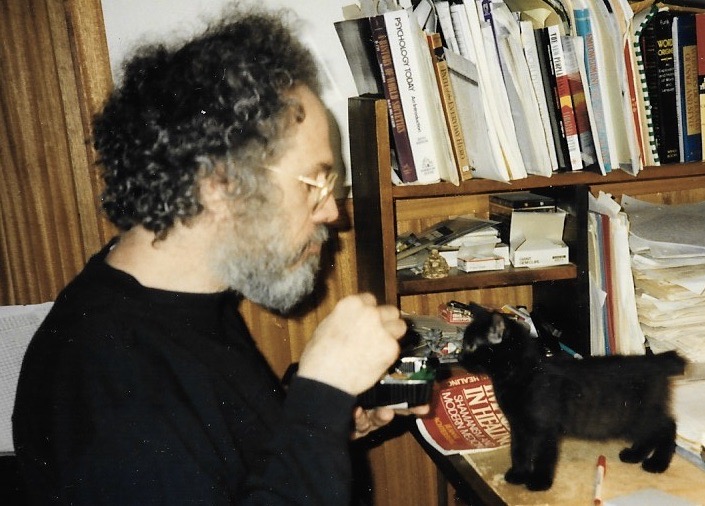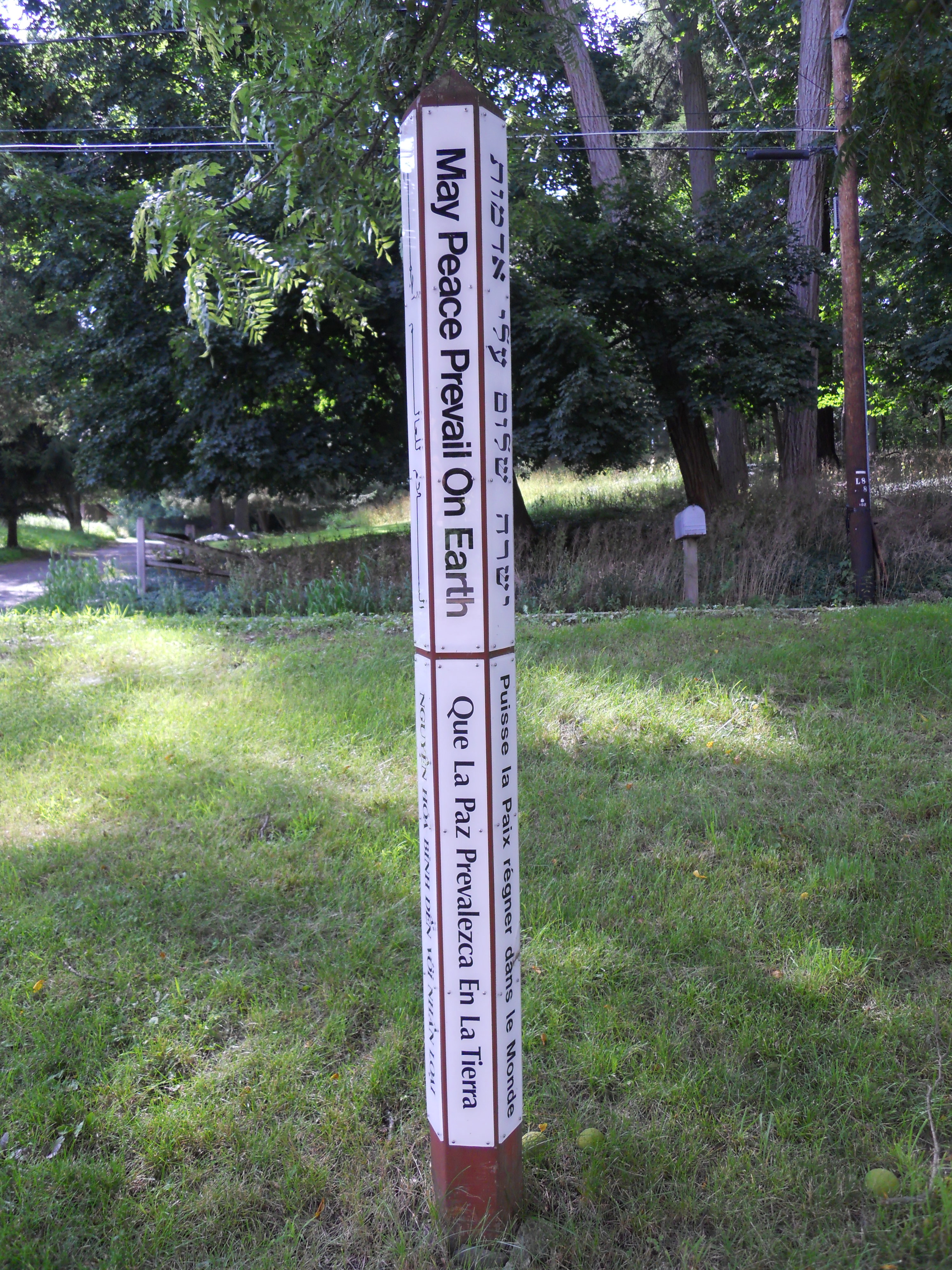How do we write well? Probably thousands have written about this. Certainly, writing is about language. It is about metaphor, rhythm, imagination. Experience. It can seem it’s about which words to use, or how to find a unique story or approach. But from my point of view, it really is about understanding the mind and body that writes. No mind, no words. It’s about being truthful and real, or discovering what’s truthful and real for us.
If we fake it, our readers will know it. We will know it. The plot or argument won’t hold together. When it’s truthful to us, it will engage others.
And it will feel “right” inside us. We don’t merely know a truth intellectually—we feel it. A word of beauty is a path for feeling to follow, or it reveals the path feeling took to get to meaning. Without feeling, words are empty code. Dead. When a sentence feels off or incomplete or it’s struggling for breath, it’s wrong, no matter how attractive it looks. We shouldn’t get distracted by good looks. It’s the heart that counts.
And in this frightful time, when fear is being manipulated to drive a wedge between us and others, and with ourselves, our world. Truth is not just buried but twisted by lies. Uncovering what the truth is, and being able to face what we feel, is now an act of defiance and resistance to DT’s march to dictatorship. Looking at ourselves might at times feel too fearsome to attempt, but never has it been more necessary. Our future depends on us finding the right moments to look within and motivate ourselves to join with others to act for the greater good of all.
Feelings arise before words and memories do. They arise with the first hint of awareness. We’ve all probably experienced not knowing what we want to say or write until we say it, or put something down on paper, or in our computer. The act of writing, putting something in front of our eyes, and listening to the words in our mind as we write or say them, can open the conscious mind to the depths normally unconscious. It’s creating and thinking. It’s revelation. What I’m saying is obviously not new. Writing can be an art and an ancient form of therapy.
So, the first step in writing and creating is awakening an awareness of feeling. We all have our own times or ways to feel some clarity, feel a pathway to creativity. Mine involves meditating, exercising and reading, or writing first thing in the morning when my mind is clear. Meditation clears my mind and increases awareness and focus. Exercise energizes me and clears away blocks and obsessions. Walking in natural settings is amazing. And reading nonfiction that interests me can provide a stimulus, imagery, insights, and intellectual challenges. Sometimes, what sparks our creativity is feeling an inner response to what someone else says or has done.
And then, letting go. Free associating. No editing. Just clearly watching what arises and listening to the winds in ourselves and out in the surrounding world and honestly recording whatever we see or hear.
The philosopher, psychologist, and writer Dr. Jean Huston said in a workshop I attended that immersing ourselves in poetry makes beauty more readily available to us. Beauty will then percolate through the unconscious and emerge in one’s speech and writing. The same with reading stories, psychology, philosophy, history and such. Reading reveals doors which meditation unlocks….
*To read the whole article, please go to The Good Men Project.
**An earlier form of this article was published by the Swenson Book Development website, and by my website: https://irarabois.com/write-well-write-truthfully/



